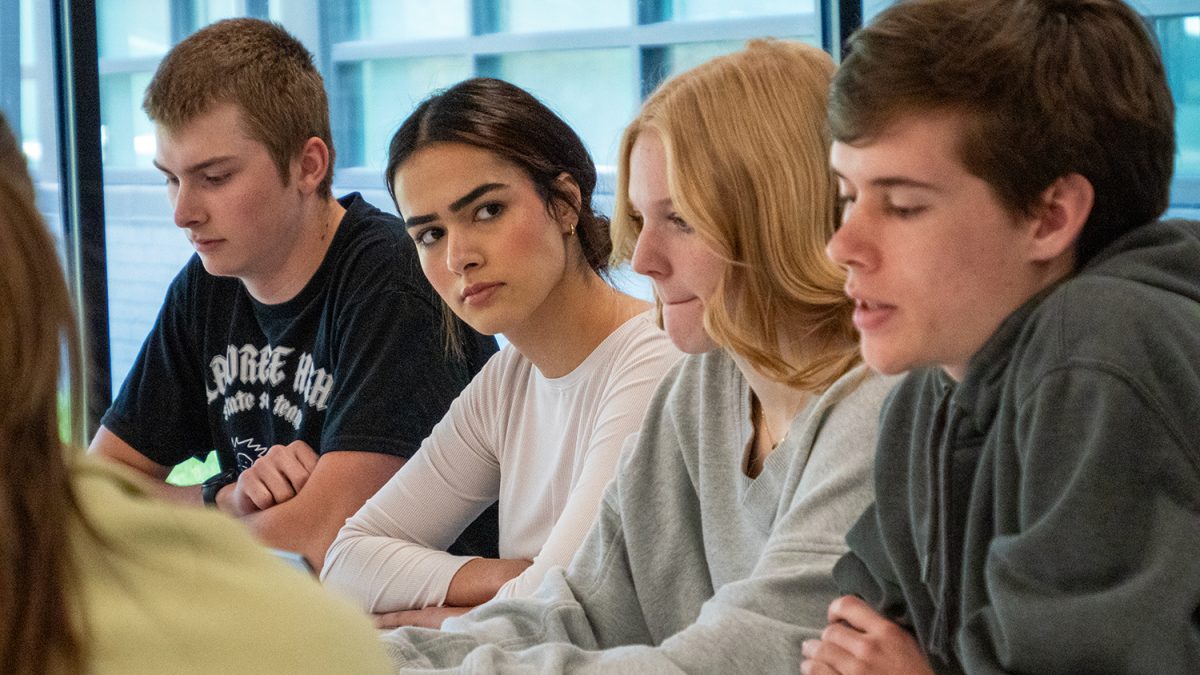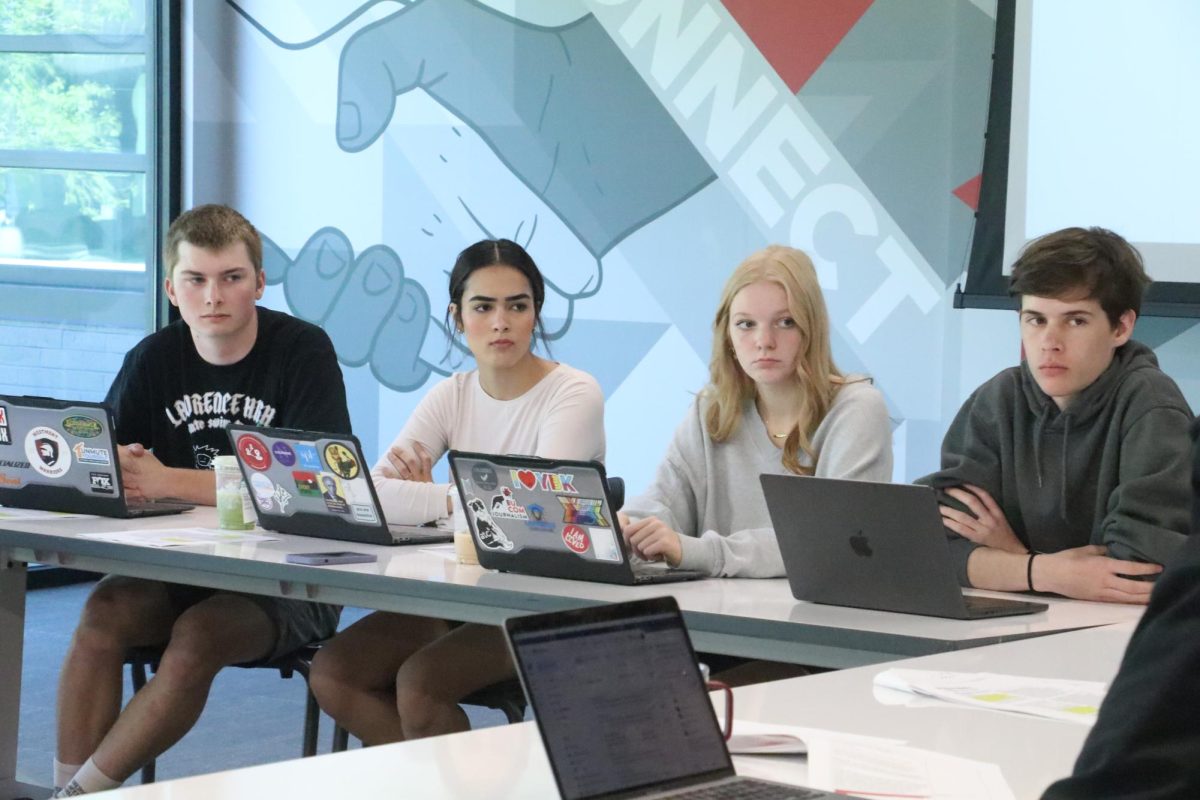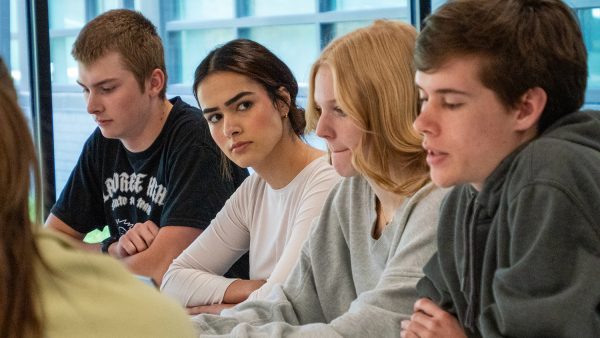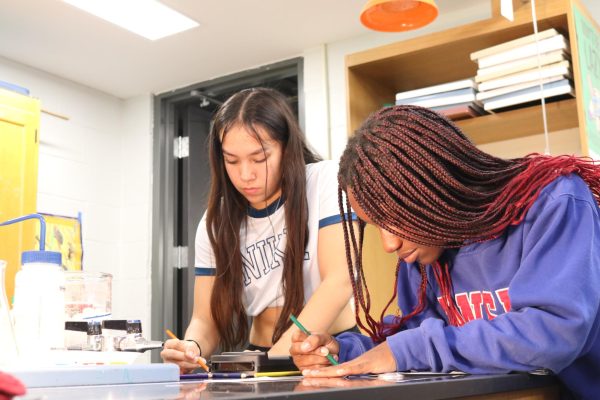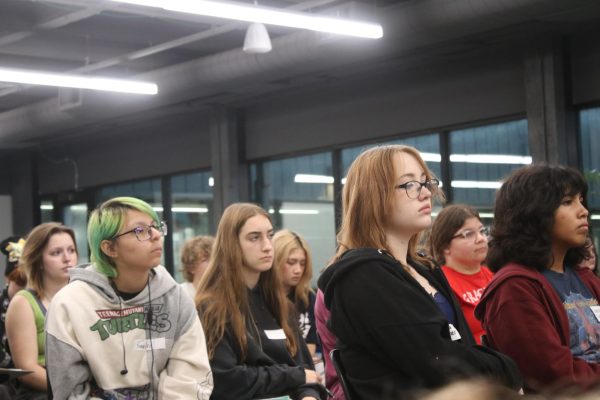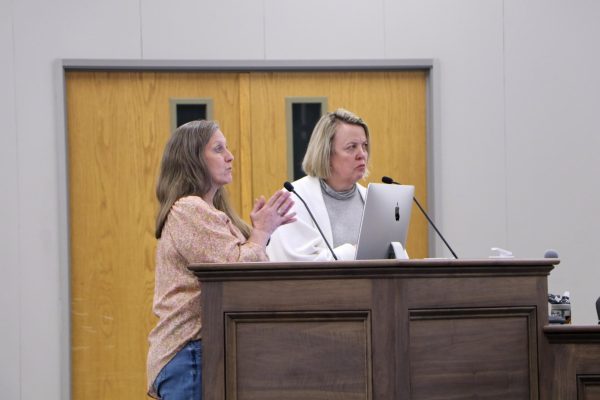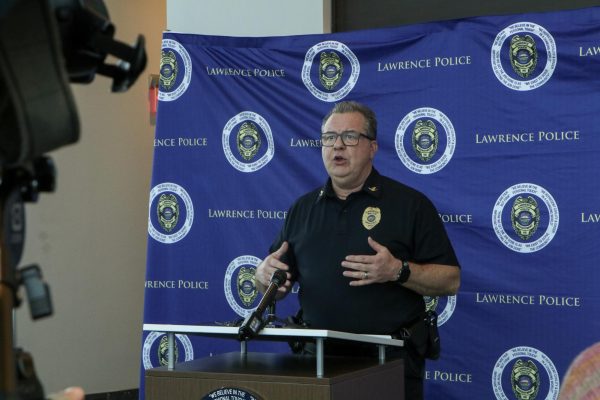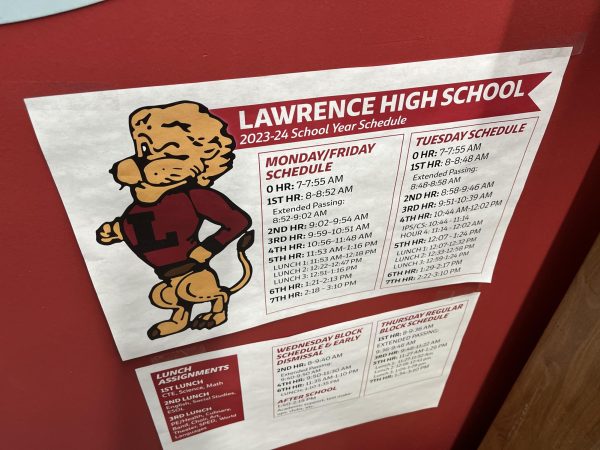State, district leaders roll out plans for ‘continuous learning’
Faculty convene over video app Zoom for their first professional development session.
March 23, 2020
As teachers assembled over video today to begin planning how learning will continue next week, Superintendent Anthony Lewis reiterates that “less is more.”
The father of four students himself, Lewis explained over a video call with The Budget that he expects to have to lean on his older children to watch the younger ones while he is working. Because of this, his kids may not be able to even begin their homework before he or his wife finish work.
Keeping in mind that family dynamics and responsibilities vary widely during this time, Lewis said schooling must be flexible to students’ needs.
“It’s going to look very differently for each and every one of you,” Lewis said. “We will not expect teachers to log on at 8 and log off at 3… We are really getting true personalized learning and to a place where our students are really truly the CEOs of their own learning.”
Kansas’ Continuous Learning Task Force, which convened between March 16-18, released a guidance plan Tuesday to act as a framework for local districts to model their continuous learning from. Implementing its five-day plan to prepare faculty for continuous learning, the district expects classes to resume March 30, according to a news release.
The task force said that social-emotional wellbeing of students is a priority, and recommends teachers engage with students in simple ways such as saying “hello” in online discussions.
“Post videos of yourself, even if it’s just to say, ‘Good morning!’ Show your personality and let your love of teaching and students shine through,” the task force report said. “This may also be an opportunity for you to engage with all members of the family.”
When it comes to academics, the task force lists Zoom, a video chat software, as one service useful for face-to-face interactions. However, Lewis points out that students will not be expected to attend classes back-to-back like a regular school day. Instead, students should be given flexibility to complete assignments for comprehension as they are available.
The task force recommended daily schooling for high school students to not exceed three hours, with around 30 minutes for each class.
Lucinda Crenshaw, a Lawrence middle school teacher who was a member of the task force, said they focused on allowing flexibility with the ultimate goal of comprehension.
“We are designing learning opportunities and that way they will look will be different, allow for student choice on how and when tasks are completed, provide extensions for those who want more, promote student advocacy,” Crenshaw said.
As for what technology and platforms teachers employ for continuous learning, the state recommended districts continue to stick with what teachers are familiar with, such as Google Suite.
Teachers are expected to maintain a period of “office hours” when students can contact them.
Teachers with KU Blueprint classes began instruction online on Monday after meeting with KU officials last week to review expectations for the college-level courses taught by high school teachers.
As for Advanced Placement courses, Collegeboard announced major changes to exams Friday which can be found here. Most significantly, in-person exams will be replaced with online exams that can be taken at home. The exams will only be 45 minutes in length and designed to cover content most teachers have taught in class by March.
Two separate testing dates will be made available to allow students flexibility. Those who want more time to study can take the later exam date, while those wanting to enter with content fresh in their minds may take the earlier date.
“It is a relief we have already covered the required content for the exam, but there is undoubtedly review and skill-building that still needs to take place,” AP European History teacher Tracy Murray said. “Despite the challenges, I am confident that the scholars of LHS will find a way to be successful. Every crisis is an opportunity to learn and move forward.”
Lewis told The Budget on Wednesday he has asked the School Board to, in their session today, lower graduation requirements from 23 to 21, the state-required minimum. If the board approves, seniors who have already completed their necessary hours would be able to drop classes without it impacting their GPA’s.
“Students who may potentially already have those 21 credits pretty much could be done,” Lewis said.
While requirements for core classes would remain the same, students would require two less electives to graduate.
“Just know that I’m committed to doing whatever it takes to make sure that 10 years down the road, when we all look back on this, we’ll all laugh and say ‘it was well worth it’,” Lewis said.






